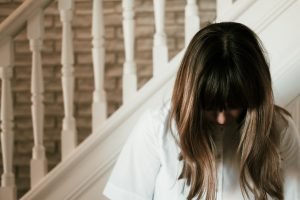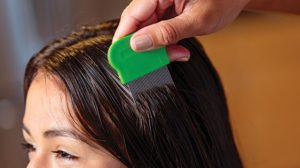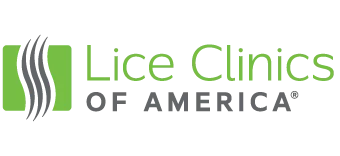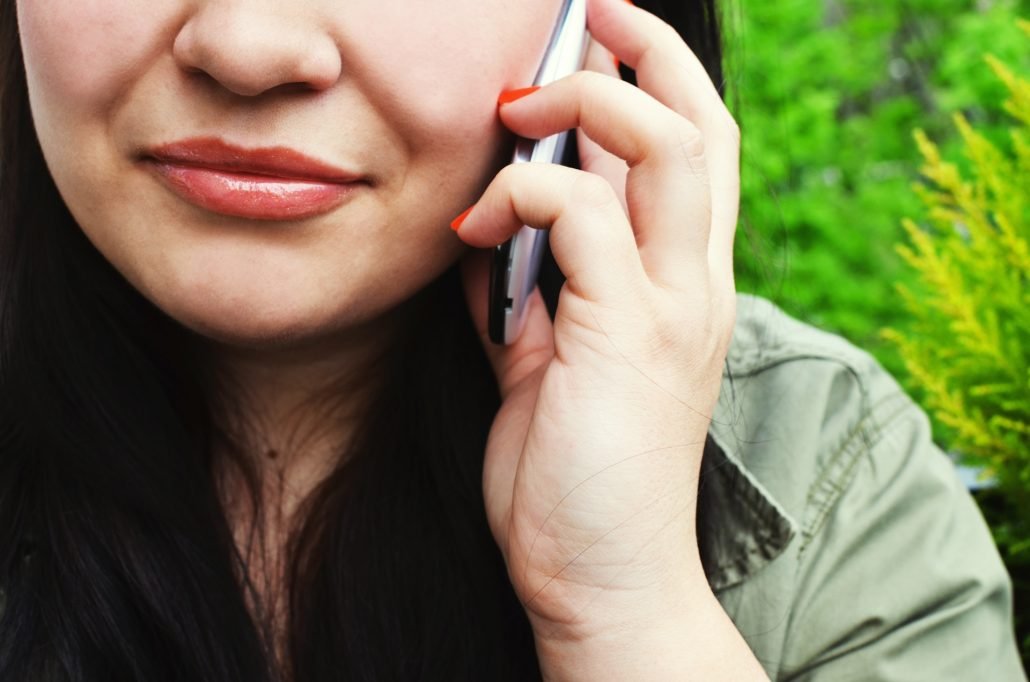Talking about Lice with Other Parents – Breaking the Stigma
Question. Do lice spontaneously form out of thin air on the scalps of children all across the world?
I think we all know that the answer is “no.”
Sharing
Lice are spread almost only through head to head contact with someone who has an active case of lice. An active case of lice means that there are crawling bugs in the hair whether they are young lice (nymphs) or adult (lice).
Yes, it is possible to get lice through sharing a comb, hat, pillow or anything else that has contacted the head of an infested person, but it doesn’t happen very much. Lice need to stay close to their source of food and warmth (the scalp) so they don’t migrate away from it on purpose.
What does all of this talk about how lice are spread have to do with “other parents?” Well, it means that if your child has lice, it is a tremendous service to other parents if you let them know. Just like it is helpful if someone else’s child gets lice and they let you and the rest of the class know.
No one gets lice just by being in the same room as someone with lice. No one gets lice from shaking the hand of an infested person. Once again, lice are almost exclusively spread by head to head contact. It is entirely possible to prevent head to head contact when there is a known case of lice.
The crawling lice can be brushed out with a specially made lice comb and then precautions can be taken to avoid their hair coming in contact with someone else’s hair. Perhaps the child dealing with lice wears a hat. Or, for a child with longer hair, their hair can be pulled up with some kind of a hat over the top.
The eggs of lice will generally not spread from one person to another. When lice lay eggs, the eggs (nits) are attached to a shaft of hair with a glue-like substance ensuring that the nit will stay in place. Until that nit hatches it isn’t going anywhere. So if steps are taken to pull out any crawling lice present in the hair, there is no real risk of spreading lice. This is why the CDC does not support schools from keeping children at home with just the presence of nits and no crawling lice.
Dealing With Embarrassment
 One hurdle to get over when it comes to telling other parents that your child has lice is embarrassment. Some people associate lice with poor hygiene or unsanitary home conditions. No one wants to invite the judgment of others so it may feel easier to just try to hide a lice infestation. However, poor hygiene and unsanitary conditions have nothing to do with lice.
One hurdle to get over when it comes to telling other parents that your child has lice is embarrassment. Some people associate lice with poor hygiene or unsanitary home conditions. No one wants to invite the judgment of others so it may feel easier to just try to hide a lice infestation. However, poor hygiene and unsanitary conditions have nothing to do with lice.
Lice need access to blood meals along with the warmth coming from the scalp to survive. The cleanliness of a home or person has no correlation to these two factors. Getting lice simply comes down to head to head contact, or more specifically, hair to hair contact with someone who already has an active case of lice.
The conclusion, then, is that lice can be dealt with much more effectively when it is known that there is an infestation. And it is easier to let other parents know that your child has lice when you understand that a case of lice is no reflection whatsoever on your parenting! When letting other parents know about a case of lice, you may want to point them in the direction of this article or perhaps information put out by the CDC. One helpful page puts it like this, “[g]etting head lice is not related to cleanliness of the person or his environment; however, good hygiene is still important to help prevent and control the spread of head lice[.]”
The Nuisance of Lice
A lice infestation does not need to be as difficult to deal with as it has been in the past. It used to be that people relied on shampoos that were designed to kill lice. However, those shampoos don’t always work and often do not kill the eggs so it is necessary to continually comb through the hair for a period of about two weeks. Additionally, this method requires that your child have direct contact with an insecticide.

Combing out lice and eggs
Recently, however, a method of killing both lice and nits has been developed that requires no chemicals at all. This method is available only at the Lice Clinics of America. You can find your nearest clinic, schedule an appointment, and have the lice infestation stopped in one 90 minute treatment. Now that is something worth telling other parents about.










